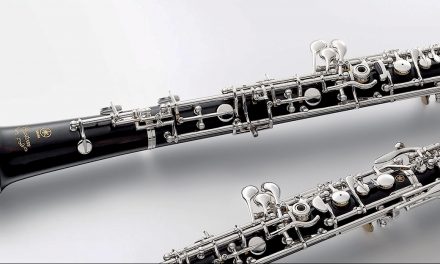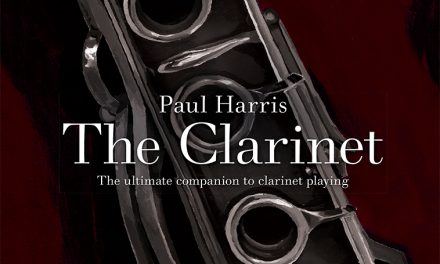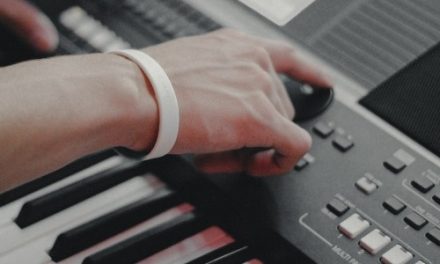Everyone in music knows the name Yamaha be they a woodwind, brass, guitar, string or keyboard player. What most players don’t know is just how long Yamaha have been making musical instruments and the depth of experience and knowledge that exists in the company.
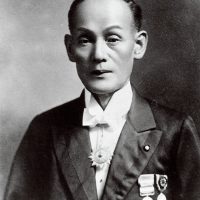
The Yamaha name comes from the founder Torakusu Yamaha who pioneered the production of Western musical instruments in Japan. Fascinated by the watches that were becoming popular in Osaka he took up watchmaking while studying business which led into a career repairing medical equipment.
Early on he successfully repaired a reed organ for Hamamatsu Jinjo Elementary school making the first step towards the birth of the Yamaha musical instrument brand. While repairing the reed organ he recognized its business potential and so he created a blueprint for the internal works of the organ and in 1887 he created his own prototype. According to legend he slung his creation over his shoulder on a carrying pole and crossed the mountains of Hakone. This first organ was however criticized for its poor tuning so undaunted Torakusu began studying music theory and in time was able to complete the organ. During this time of learning music theory and tunings he came up with the highly recognized Yamaha logo, still used today, of three tuning forks.
After the success of the reed organ Yamaha began production of upright pianos in 1900, moving on to grand pianos by 1902. In 1922 the first Yamaha hand wound gramophone was in production. By 1949 the company was listing its shares on the Tokyo Stock Exchange and had established the Yamaha Music School.
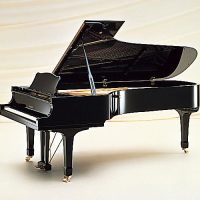
In 1954 Yamaha produced its first HiFi equipment and by 1959 had begun manufacture of the electronic organ. Soon after, it established Yamaha International Corporation which became the current Yamaha Corporation of America and by 1965 had begun production of wind instruments and acoustic guitars. In 1966 the company expanded into Europe and introduced electric guitars and trumpets to their ever-expanding range.
From the late 1960s on the company continued to increase its product range and knowledge of musical instrument manufacturing by acquiring various high profile musical instrument companies. This outside knowledge combined with its own in-house research and development helped to make Yamaha musical instruments some of the finest and most desired in the world. In 1967 production began of the concert grand pianos which are still in production today and are used in some of the world’s finest concert halls. More instruments followed in the late 1960s including drums, French horns, recorders and flutes.
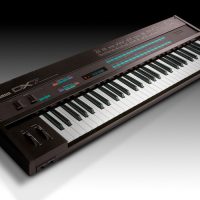
The 1970s saw Yamaha consolidating its selection of instruments across an already established range and adding new products in all areas including brass, woodwind and guitars and adding studio quality products including amplifiers, mixing desks and speakers, some of which would go on to be the industry standards we know today. The 1970s also saw Yamaha introduce synthesizers and portable electronic keyboards which through the 1980s morphed into sequencers, Clavinovas and midi controllers via the legendary DX-7 and others, ultimately becoming the market leading keyboards that are produced today.
During the 1980s and 90s Yamaha again were at the forefront of musical instrument development and introduced many innovative products including wind MIDI controllers, digital mixers and electronic drums. It was during this period that the first silent instruments appeared: piano, brass and violin first followed by guitar, bass and cello. Throughout the 2000s this innovation and development of instruments has continued giving us world leading instruments including stage pianos, clavinovas, hybrid pianos, brass and woodwind instruments, acoustic and electric guitars and state of the art HiFi and recording equipment.
This long lineage has enabled Yamaha to establish their name as one of the world’s leading and most innovative musical instrument makers and gives players of all genres the knowledge that an instrument with the Yamaha name will always give a great performance and allow the player the freedom to get the best from themselves.


